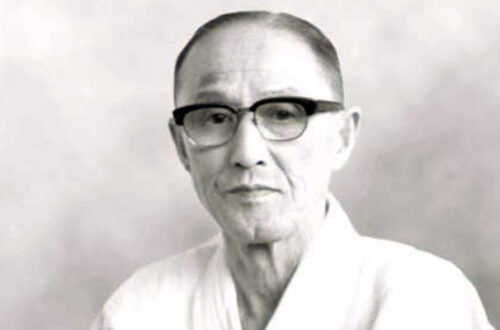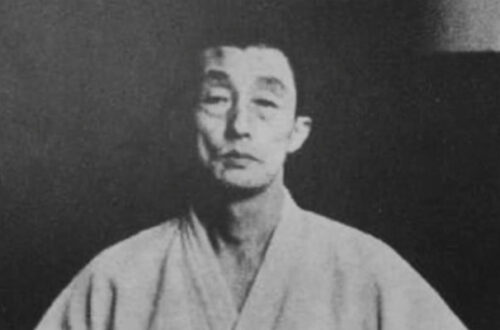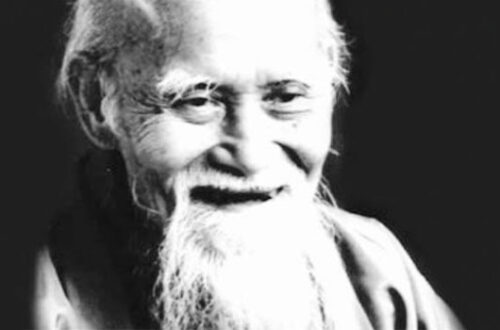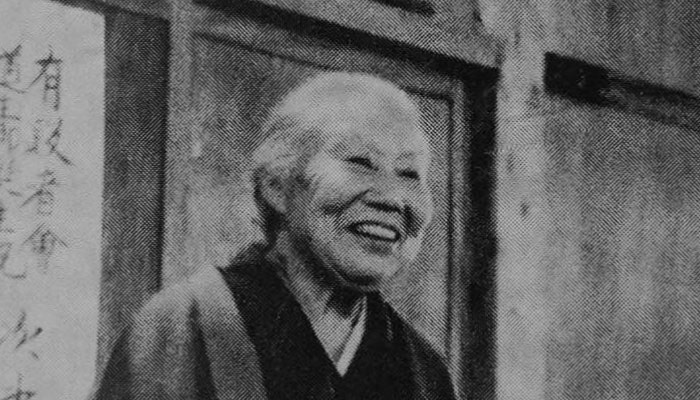
Hatsu Ueshiba: The Most Important Woman Behind the Birth of Aikido
Hatsu Ueshiba 植芝はつ, the wife of Morihei Ueshiba, played a vital role in supporting her husband’s martial arts journey and the establishment of Aikido. Born in 1885 in Wakayama Prefecture 和歌山県, Japan, Hatsu was originally named Hatsu Itokawa 糸川はつ. The Itokawa family descended from the Kai Takeda 甲斐武田 clan, whose lineage traces back to Emperor Seiwa 清和天皇, the 56th emperor of Japan. Morihei’s mother, Yuki ゆき, also hailed from the Itokawa clan. Hatsu was two years older than Morihei, and they grew up together as childhood friends.
Morihei married Hatsu when he was only 18, shortly before enlisting in the army. The timing of their marriage seems unusual, and the reasons are unclear. It may have been societal expectations for Hatsu to marry quickly, or perhaps it was an effort to dissuade Morihei from military service altogether. Ultimately, Morihei enlisted in the 37th Infantry Regiment of the 4th Division in Osaka, which was close to Wakayama, allowing Hatsu to visit him frequently.
In 1906, after completing his military service, Morihei spent some time in his hometown of Tanabe 田辺 with Hatsu. The Ueshiba family was a medium-sized farming household, likely engaged in agricultural work. During this period, their first daughter, Matsuko 松子, was born. In 1912, Morihei led a group of young men to pioneer in Hokkaido 北海道, with Hatsu joining them a bit later. Life was tough, especially in the initial years, but their living conditions gradually improved. Their eldest son, Takemori 武盛, and second son, Kuniharu 国治, were born there. However, life took another turn at the end of 1919 when Morihei rushed back to his hometown upon hearing that his father was critically ill. Due to a series of unexpected circumstances, he did not return to Hokkaido after his father’s death.
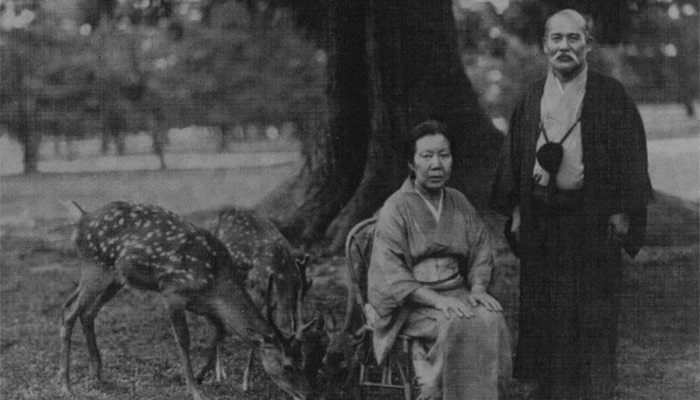
Morihei and Hatsu in Kasuga Jinja 春日神社 in Nara 奈良
Hatsu was known for her strength and resilience, often managing the household while Morihei pursued his training and teachings. In 1920, when Morihei decided to relocate the family to Ayabe 綾部, Hatsu was initially resistant to the move. They still had some farmland in Tanabe, which provided a stable living, and she was concerned about the impact on their three children if they moved to an unfamiliar place without prospects. However, once Morihei made a decision, he was unwavering. Reluctantly, Hatsu agreed, and the couple, along with their three children and Morihei’s 69-year-old mother, Yuki, moved to Ayabe, funded by a loan from Morihei’s inheritance. Encouraged by Onisaburo Deguchi 出口王仁三郎, he opened his first dojo, called Ueshiba Juku 植芝塾, in Ayabe. Tragically, their eldest and second sons both passed away young that same year. A year later, their third son, Kisshomaru 吉祥丸 (the Second Doshu of Aikido), was born.
In 1927, the family moved to Tokyo, where they would later establish the Kobukan 皇武館. During this period, Morihei’s activities flourished, attracting many distinguished guests. This was likely one of the busiest and most stressful times for Hatsu. Morihei often showed indifference to money, frequently declining fees for his instruction, yet the expenses incurred from interacting with dignitaries were significant. Hatsu managed the household, supporting the upbringing of their children and caring for the living expenses of several live-in students.
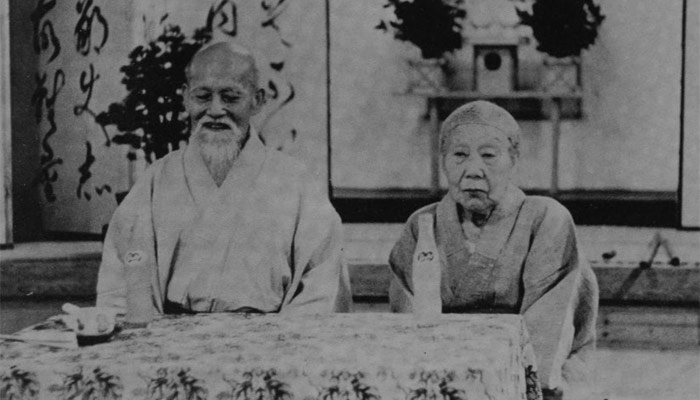
Morihei and Hatsu in Tokyo dojo
In 1942, the couple moved to Iwama, where Morihei is said to have suffered a serious illness, prompting Hatsu to devote herself to caring for him. Once he recovered, Morihei resumed his busy schedule, conducting classes in the Iwama dojo and later traveling extensively throughout Japan to teach Aikido. During this time, Hatsu took on the crucial role of maintaining the home in his absence. It is clear that her support allowed the founder to pursue his activities with confidence.
Morihei died on April 26, 1969. Two months later, also on the 26th day of the month, Hatsu followed him in death. She passed away at the age of 87, as if she had fulfilled her duty of watching over the eventful life of her husband. With her task complete, it was time for her to depart. Hatsu’s unwavering support and dedication to maintaining the household significantly contributed to the development of Aikido as we know it today.
In reflection, Hatsu Ueshiba’s legacy is one of quiet strength and resilience. Her contributions to the household and the martial arts community were instrumental in the establishment and growth of Aikido, and her spirit continues to inspire practitioners around the world.
Author’s Note: We appreciate your readership! This article serves as a preliminary introduction to the subject matter. While we aim for accuracy, we cannot guarantee the content’s precision and it may contain elements of speculation. We strongly advise you to pursue additional research if this topic piques your interest. Begin your AikidoDiscovery adventure! 🙂


